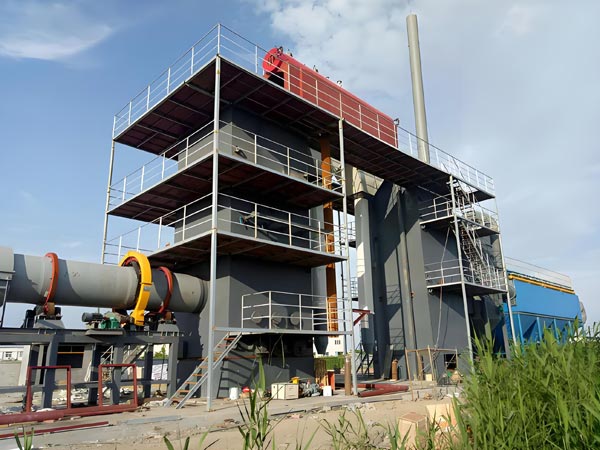
In the field of industrial waste gas treatment, desulphurization and denitrification is a key initiative to reduce the emission of air pollutants.Through a series of scientific and technological means, it effectively reduces the content of sulfur oxides and nitrogen oxides in flue gas, helping to improve air quality.
Among the desulphurization technologies, limestone-gypsum method is widely used.This process utilizes a slurry made of limestone powder as an absorbent, which reacts with the sulfur dioxide in the flue gas in an absorption tower to generate calcium sulfite, which is then oxidized to generate gypsum, thus separating the sulfur dioxide from the flue gas, and the efficiency of FGD can reach more than 90%.

Ammonia desulphurization uses ammonia as the absorber, and ammonia reacts with sulfur dioxide to generate ammonium sulfate, which not only realizes desulphurization, but also produces fertilizer products that can be utilized, which is both environmentally friendly and economically beneficial.
In terms of denitrification technology, selective catalytic reduction (SCR) process, through the role of the catalyst, so that ammonia or urea and other reductants and nitrogen oxides reduction reaction, will be converted to harmless nitrogen and water, denitrification efficiency is usually in the 80% - 95%.Selective non-catalytic reduction (SNCR) technology in a high-temperature environment, does not rely on the catalyst directly into the reductant and nitrogen oxides reaction, although the efficiency is slightly lower than the SCR, but the cost is lower, suitable for small and medium-sized boilers.
In addition, the emission reduction effect of desulfurization and denitrification also depends on process optimization and equipment operation.Through real-time monitoring of flue gas composition, precise control of reaction conditions to ensure that the full use of desulfurization and denitrification agent; at the same time, combined with other processing links such as dust removal, to achieve synergistic management of a variety of pollutants, to further enhance the efficiency of emission reduction, and to win the battle to defend the blue sky to provide solid technical support.